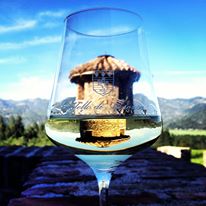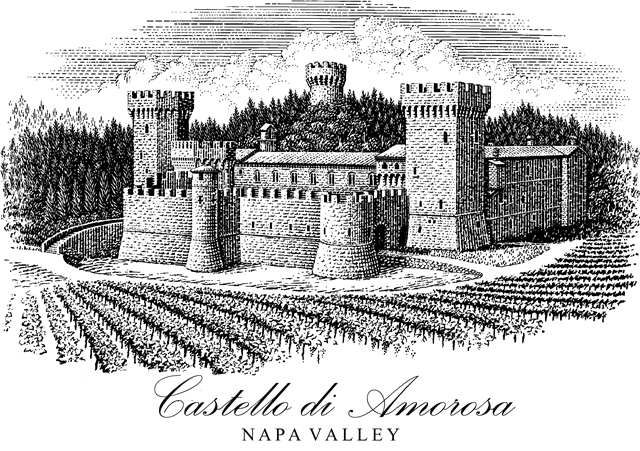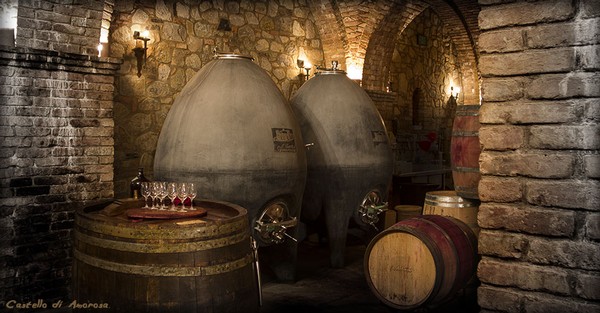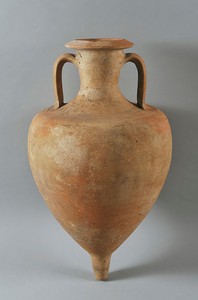
Concrete Egg Wine Fermentation Tanks
If you have been lucky enough to explore our Grand Barrel Room on a tour and tasting recently at the Castello, you may have noticed a few new additions to the stunning 12,000 square foot room. Right next to where our guests have the chance to taste wine straight from the barrel, there sit several large, concrete, egg-shaped containers. These concrete eggs are wine fermentation tanks, and they are used to ferment a special selection of Castello’s award-winning wines.
Concrete? You might ask. What can concrete do for wine? Well as it turns out, concrete is a fantastic alternative to oak or stainless steel in winemaking. Without the “oaky” impact on a wine from barrel aging, the concrete allows the wine to retain its fruity characteristics and the inherent characteristics of the grapes are allowed to shine, making it an especially useful fermentation method for showcasing the terroir of single vineyard wines.
Concrete eggs are an interesting mix of ancient and ultra-modern winemaking techniques, since the first wines were actually fermented in pottery jars called amphorae. The egg shape is a newer modification, which allows the wines inside to have a natural convection current as the carbon dioxide released during fermentation helps to naturally stir the wine and mix in the sediment, or lees.
“Graeco-Italic” Wine Amphora, 2nd century B.C.
We originally had two concrete eggs in our Grand Barrel Room, and focused on several single vineyard wines, including our Ferrington Vineyard Dry Gewürztraminer and Tyla’s Point Pinot Bianco. These aromatic varietals work especially well with this fermentation method, because the concrete enhances the floral aromas and even increases the mineral characteristics in these wines. The elegant complexity of these wines from their fermentation in the eggs has led to them both winning high praise from tasting panels and our guests.

Our 2011 Ferrington Dry Gewurztraminer
This past year we have also produced a limited amount of Chardonnay, called “La Rocca” or “the fortress.” Our Winemaker, Peter Velleno, explains that “the reason for the Chardonnay is that the use of concrete (or more specifically the lack of oak barrels) allows the flavor of the vineyard to be the star. Chardonnay needs to have a rich mouthfeel, so it makes sense to try it in concrete, where there will be no oak flavors or aroma, but still the benefits of aging on the lees.” Aging wine on the lees, or the yeast and sediment that settles to the bottom of the barrel during fermentation, imparts a creaminess and complexity that can’t be found in stainless steel. This year we are excited to be fermenting some of the Chardonnay fruit from the Bien Nacido vineyard in one of our eggs.
So keep an eye out the next time you visit the Castello, and if you take a tour down into the Grand Barrel Room you’ll be able to check out this unique fermentation technique that helps to make our Italian-style wines even more incredible!




